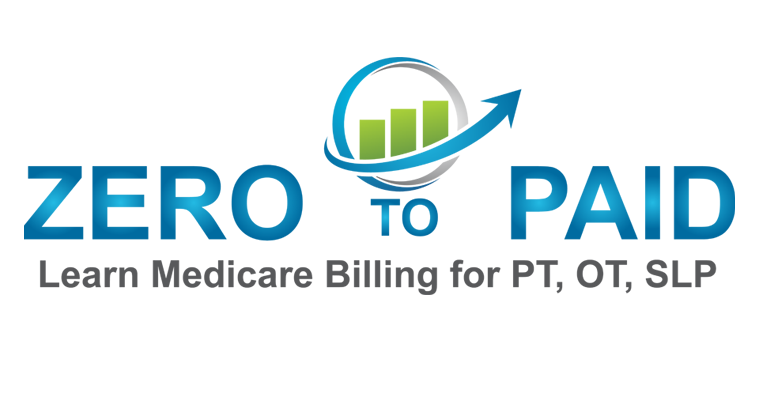For new cash based physical therapy practice owners, pricing cashpt is challenging.
In this article I will share some different pricing models including my favorite which is called Value-Based Pricing.
There are 3 ways to establish your CashPT pricing:
- Comparative Pricing
- Cost Based Pricing
- Value Based Pricing
Comparative Pricing for CashPT Services
Most of us are likely familiar with comparative pricing for cash based physical therapy services.
This is when a practice owner calls other physical therapy clinics pretending to be a prospective cash based, self pay client and asks for the cost of physical therapy services.
Then based on this local market research the practice owner sets pricing to be in-line with or slightly less expensive than local competition.
In most cases this would be the worst method to utilize as it results in compressed profit margins and results in a race to the bottom.
For more information click here.
Cost Based Pricing
This is another common method used by new practice owners.
In this model a practice owner determines how much it costs to operate the practice, then increases that number by an expected profit margin.
For example, if operating costs are $102 per visit and the owner wants a 25% profit margin then the price per visit is established at $127.50.
The problem with this method is that once again it is an arbitrary calculation. The practice owner is determining a percent profit margin on what other businesses are reporting instead of determining a profit margin based on the unique value of the service.
For more information click here.
Value Based Pricing
Without question, my favorite pricing model for cash based physical therapy services is value based pricing.
This method ignores the competition and everyone else. It determines price based on the value of a specific service to a specific client.
Gary Vee often says “A basketball has $0 value ROI to me, but a billion dollars to Lebron James.”
For more information on Value Based Pricing click here.
How to use value based pricing in a cash based model
Since you won’t know the value of a service to your client before understanding the client’s situation, the best recommendation is to set a price for your first contact session, then provide a detailed estaimate for the plan of care after that initial contact.
To see examples of this, let’s look beyond physical therapy services.
When I take my car into an auto mechanic, there is a diagnostic fee, then after the scope of work is established I am presented with a price for the repairs. If I choose not to hire that mechanic to perform the repairs I am still required to pay the diagnostic fee.
Another example would be found in construction. If I want to have an addition built onto the back of my home, a contractor will come to my home, provide an estimate based on the scope of work, and I as the consumer will have the opportunity to accept or reject the proposal.

Why is value based pricing so powerful?
Value based pricing allows cash based physical therapy providers to customize the patient care experience.
It allows you to generate higher profit margins on more valuable plans of care. This allows you to offset some of the lower profit plans of care you may choose to accept.
How Did You Choose Your Prices?
I asked CashPT practice owners on Facebook how they chose their prices and this is what they said:
Facebook Post 1:
“$350 evals, $250 follow ups, $175 virtual follow ups. In the process of finding brick and mortar— will keep prices the same for in clinic visits, but will be adding at least $100-150 to any in-home visits. Prices were initially set based on combo of rates that were charged at clinics I had previously worked, what other clinicians in similar markets were charging, and some gut feelings of what I thought was appropriate/what I would find expensive enough to keep commitment but not too expensive to scare away new clients. I would definitely not listen to the gut feeling as much if I were to do it again. I realized quickly that what’s expensive in the mind of a staff PT and what is expensive in the mind of a successful executive is very different. It’s all relative.”
Facebook Post 2:
“I used nearby clinics posted prices as a guide only to find out later I was way under charging and have to raise prices twice to get towards ballpark. I also hadn’t originally factored in a retirement plan or tax deductions! I wish I had planned this better but having started with lower prices may have allowed my caseload to build very quickly.”
Facebook Post 3:
“I saw what my work was charging for cash (hospital based) 270 and picked an amount slightly lower (245 for eval and 210 for return) due to lower overhead. When I first started taking private patients I charged 180 and quickly increased because everyone was saying yes too quickly hahaha. I spend a full Hr with my patients, sometimes more because I enjoy being thorough and educating them, and they find value in their investment which increases compliance. I also charge more because I have a unique niche and it is difficult to find people in my specialty, so I should get paid appropriately for my expertise but still without breaking their bank.”

Anthony Maritato, PT
Private Practice Owner / Physical Therapist
After starting a private practice physical therapy clinic in 2022 with his wife Kathy Maritato, PT, Tony and Kathy grew their practice to five locations across two states.
Now, Tony and Kathy enjoy spending time treating patients in the morning, coaching therapists in the evening, and being home to play with their dog Tucker and 4 boys.
